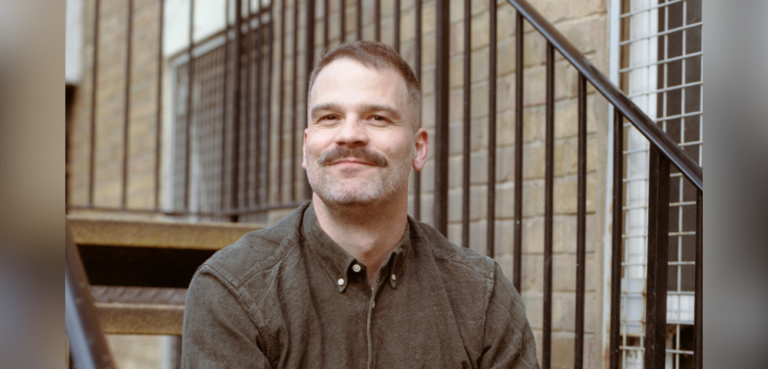

By Will Thorpe
Members of the NSW Nurses and Midwives Association went on 24-hour strike on Tuesday, September 24, with thousands marching down Macquarie Street to Parliament House, seeking a fifteen percent pay rise.
The government had offered a three percent interim pay rise with back pay to June 1 if the strike was paused. Health minister Ryan Park emphasised that accepting the interim rise would “not amount to accepting the government’s wages offer.” A government offer for a 10.5 percent pay rise over three years had been rejected by the association.
Around 494 elective surgeries were cancelled for the day, with 81 beds closed, though minimum staffing levels were maintained allowing for vital care. The rally went ahead despite a ruling against it from the Industrial Relations Commission, with individual strikers unable to be penalised. In addition to the march in Sydney, rallies were organised in Tweed Heads and Albury.
NSW Government Expresses Disappointment
Park said he was disappointed at the strike, pointing to the government’s pay rise offer and plans to hire more than two thousand additional nurses and midwives over a three-year period at a cost of approximately $1 billion.
“I want to be clear to the community that I’m disappointed this action has taken place. The independent umpire, an umpire that working men and women through the union movement wanted us to reestablish, has said very clearly that this action shouldn’t take place,” Park told reporters.
“We accepted the decision from the independent umpire to pay the three and a half percent straight away to make sure that we could get that money into the pockets of nurses and midwives across New South Wales.”
He expressed concern that the strike would affect elective surgeries and treatment of chronic conditions. He acknowledged the possibility of the association being fined, saying the government would accept the judgement of the Industrial Relations Commission.
‘NSW Hospitals Are In Crisis’
NSWNMA General Secretary Shaye Candish said the government had “failed to demonstrate a willingness to move.”
“Our hospitals are in crisis with increasing activity and increasing numbers of nurses and midwives leaving for better pay interstate. The public expects their local hospital to be well staffed, but the current wage setting for nurses and midwives means they cannot stay,” Candish remarked.
According to the association, high exhaustion and “a decade of wage suppression, coupled with rising cost-of-living pressures” had considerably impacted New South Wales nurses and midwives.
“As the largest healthcare workforce, it is essential to look at the investment needed to sustain our nursing and midwifery professions into the future. The viability of our health system depends on it.”
According to job site Indeed, New South Wales registered nurses are paid an average of approximately $89,000, compared to about $95,000 nationwide. Queensland nurses make around $105,000, whilst Tasmanian nurses make roughly $73,000. These figures are based on self-reported earnings and job postings
Last week, the government narrowly averted industrial action by rail workers. A strike would have upended the introduction of a new rail timetable in October and delayed the Metro conversion of the T3 Bankstown line between Sydenham and Bankstown.
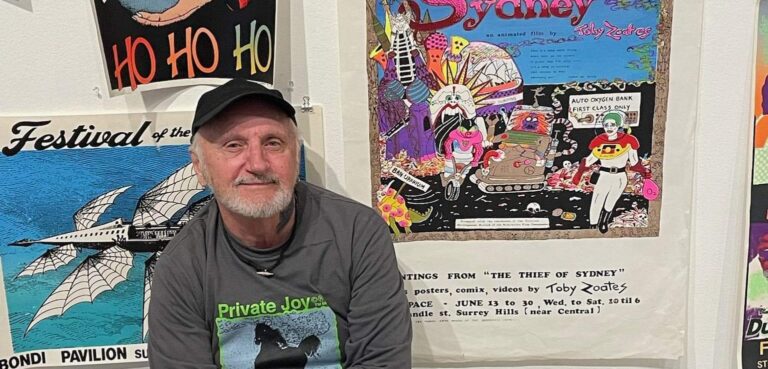
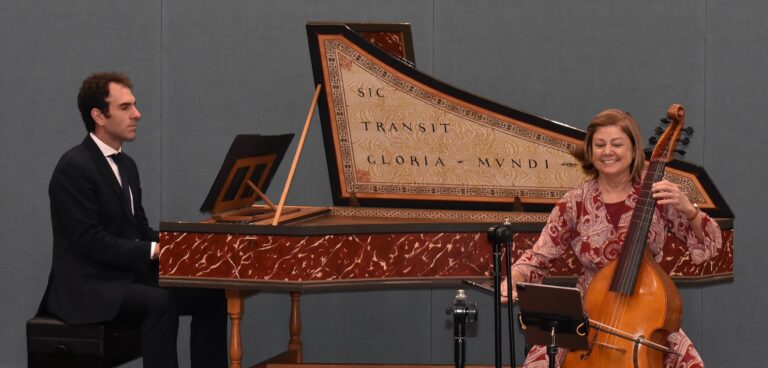
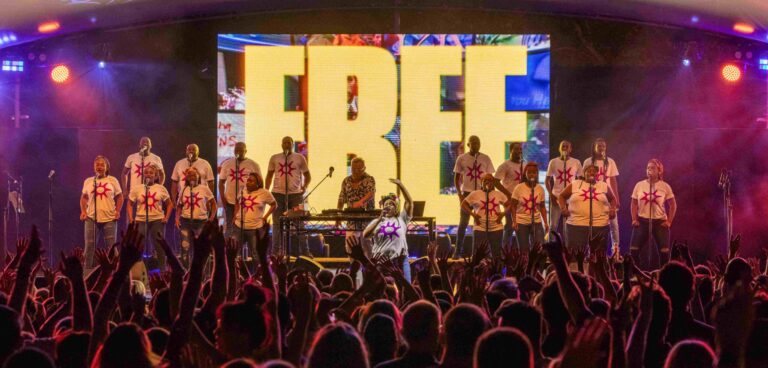
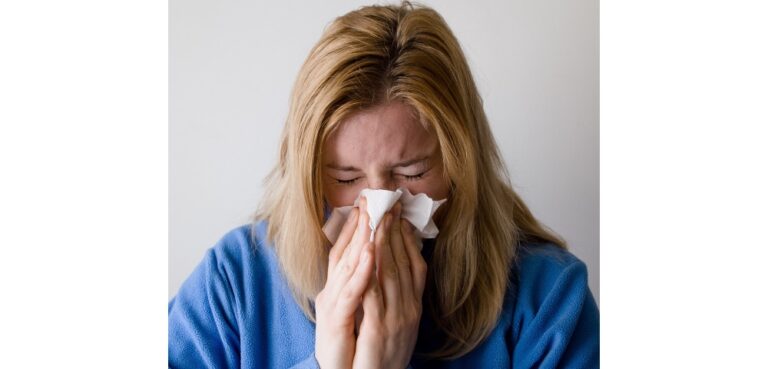

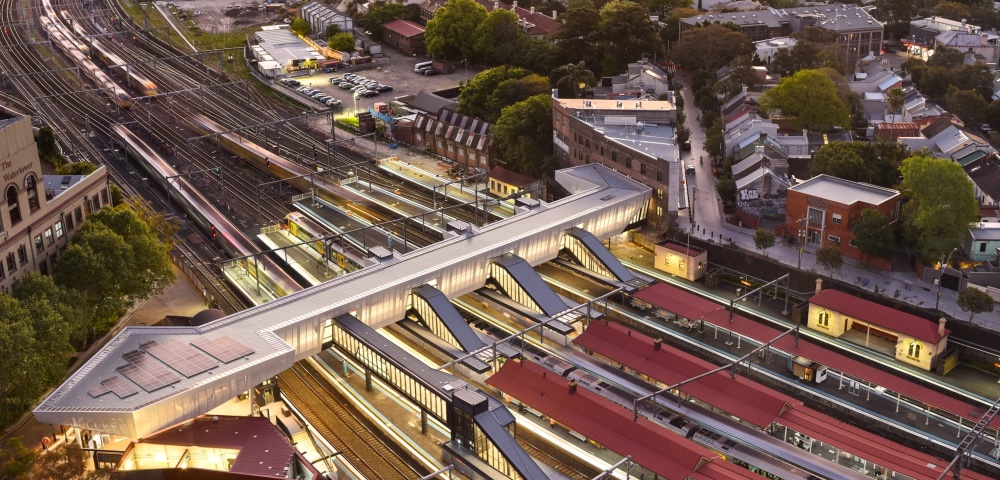

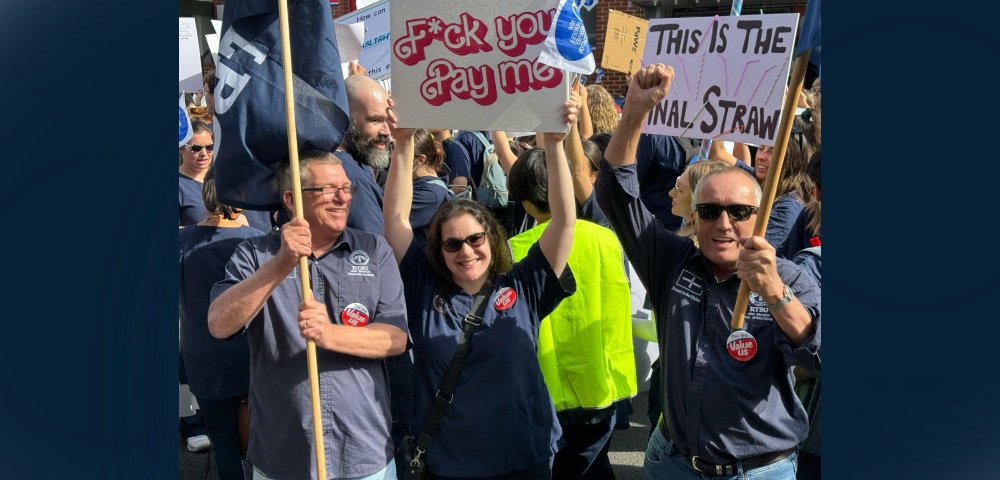
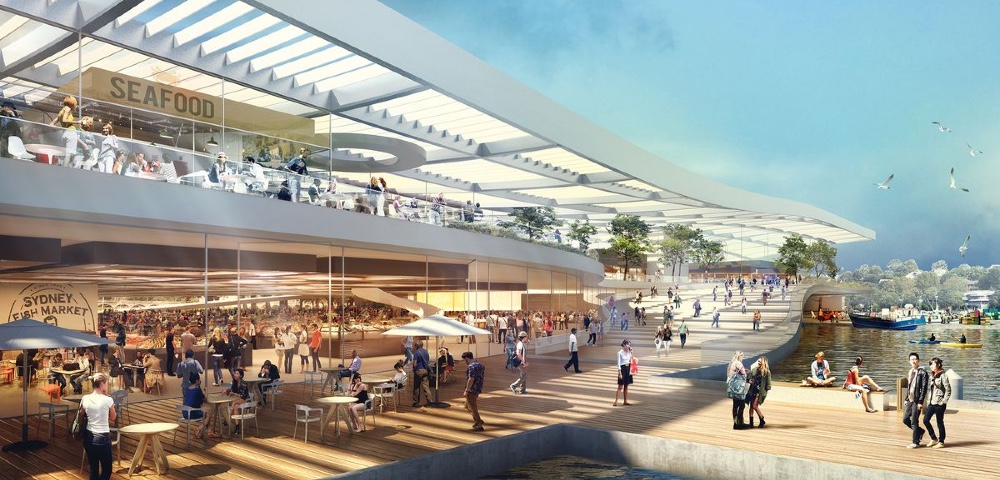
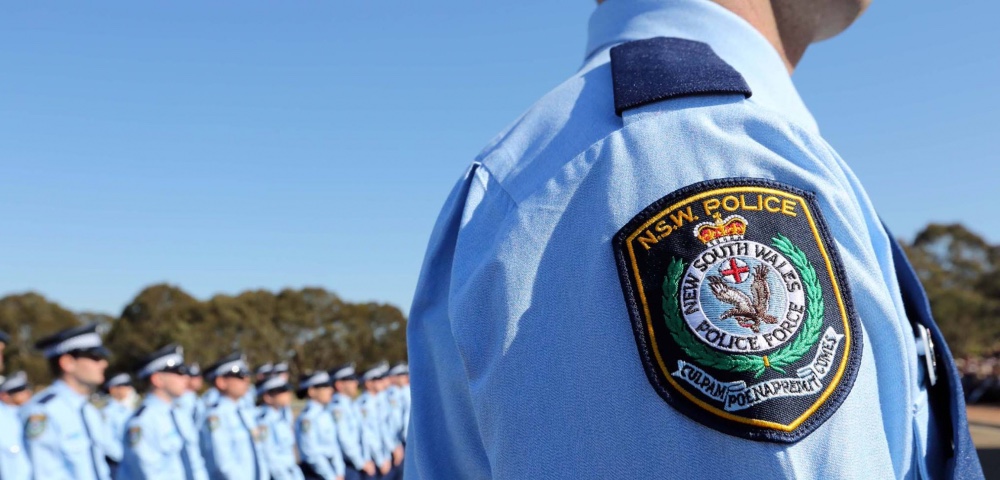
Leave a Reply